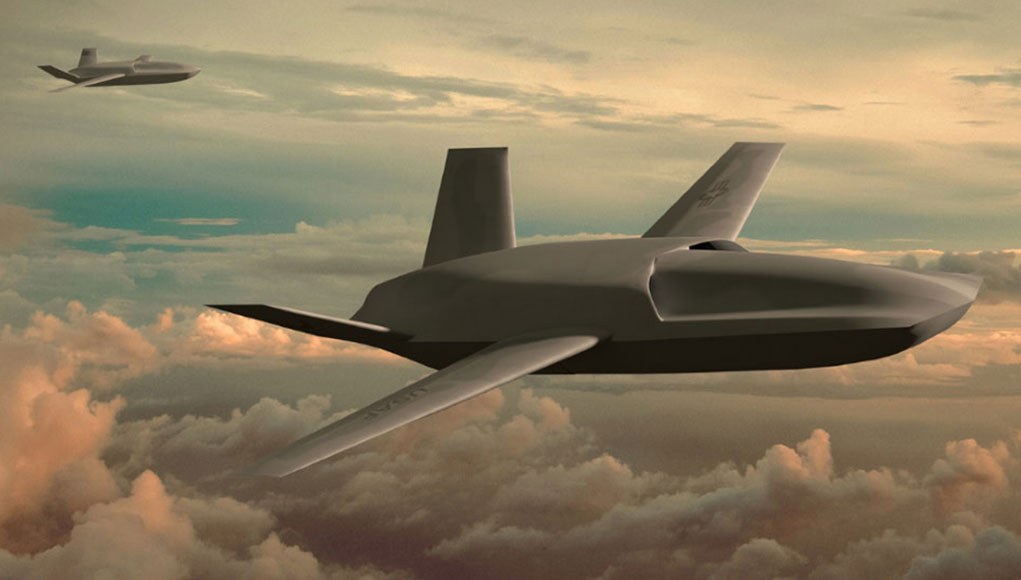General Atomics Aeronautical Systems, Inc. (GA-ASI), introduced today an ‘Autonomous Collaborative Platform’ (ACP) called Gambit. “Gambit will usher in a new era, where UAS work collaboratively with manned aircraft to detect, identify and target adversaries at range and scale across the battlespace.” GA-ASI President David R. Alexander said.
Working alongside human-piloted aircraft, Gambit will enable pilots to see deeper into hostile airspace, detect threats first, and provide time and space for critical decisions and actions. The jet-powered platform is being built for air dominance and will heavily leverage artificial intelligence and autonomous systems advances.
The US Air Force is exploring the potential of manned-unmanned collaboration through several programs, including the Off-Board Sensing Station (OBSS) focused on remote ISR collection, Skyborg testing of autonomous and attritable UAVs (GA-ASI’s Avenger MQ-20 has already participated in these tests), seeking a collaborative recce and attack capability, Next Generation Air Dominance (NGAD) advanced aircraft program, and its integration with unmanned assets, the Golden Horde networked collaborative weapons, and Air-Launched Effects (ALEs), deploying large groups of networked autonomous drones and loitering weapons.
According to the company announcement, the ACP could act as an opening move in an air attack, just like an opening move in a Chess game – which inspires the name. Gambit is about the initiative, leading from the front, using advanced sensing to grab the tactical advantage and open a world of possibilities. According to the developers, Gambit will deliver an extended and enhanced sensing capability.
Developed as an Autonomous Collaborative Platform (ACP) Gambit is designed through digital engineering to speed its time to market and lower acquisition costs. Designed as an advanced concept aircraft, Gambit will use AI and autonomy to complete a variety of tasks without being prompted by an operator. GA-ASI’s software and integration systems will support detection and analysis, and provide users with the highest quality intelligence, surveillance, and reconnaissance ever possible from an unmanned aircraft.
On point out ahead of U.S. Air Force tactical aircraft, Gambit will also be able to sense and track targets of interest and distribute that information across the battlespace. “We’re designing systems to meet future requirements, to include working collaboratively and autonomously,” Alexander continued. “Gambit is part of a broader Family of Systems strategy that began with Predator and Reaper, and continues in support of USAF’s future force design concepts.”




















